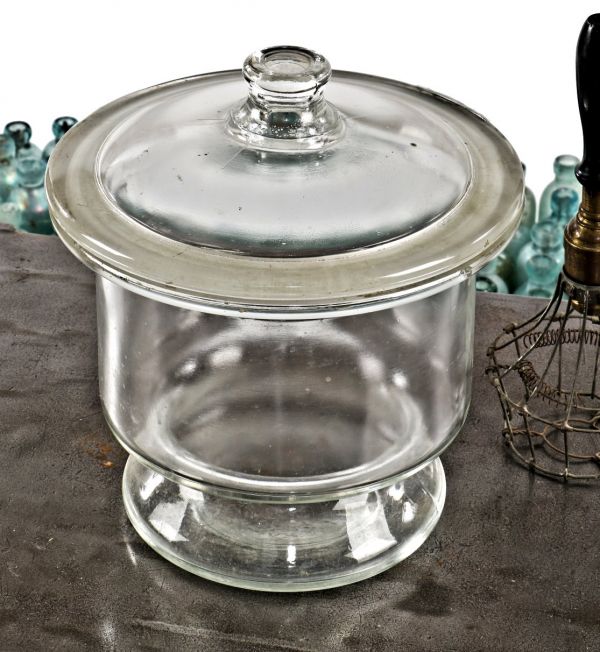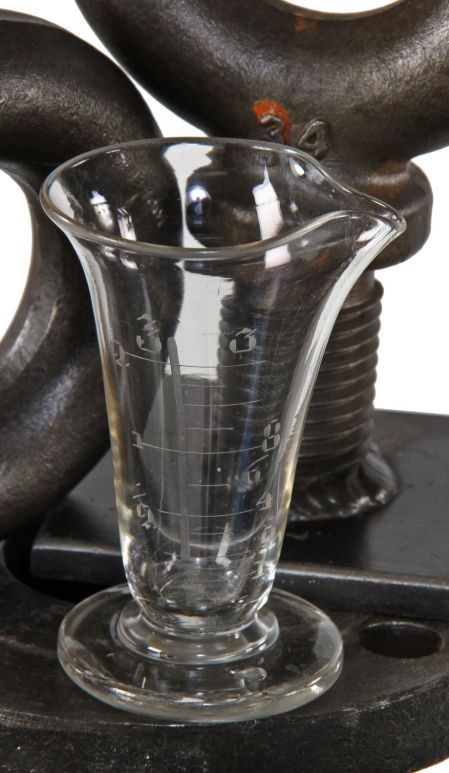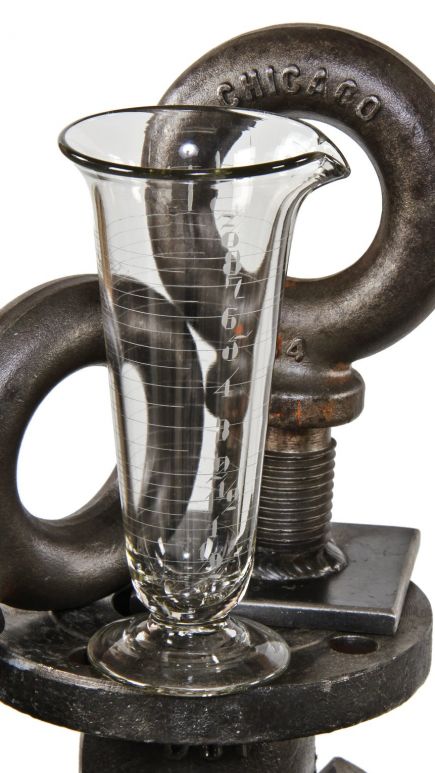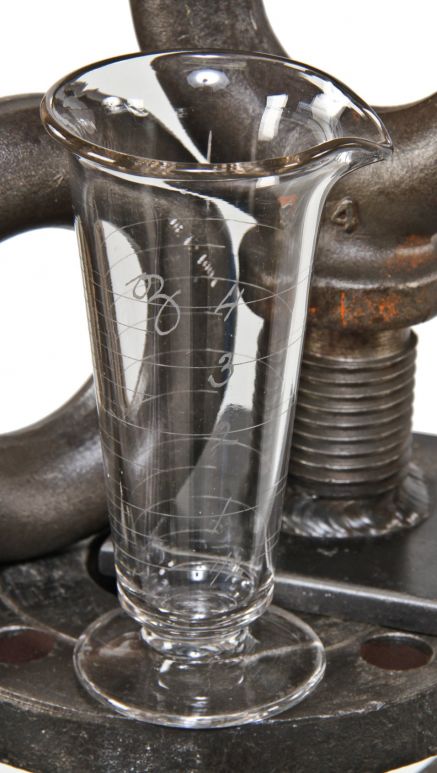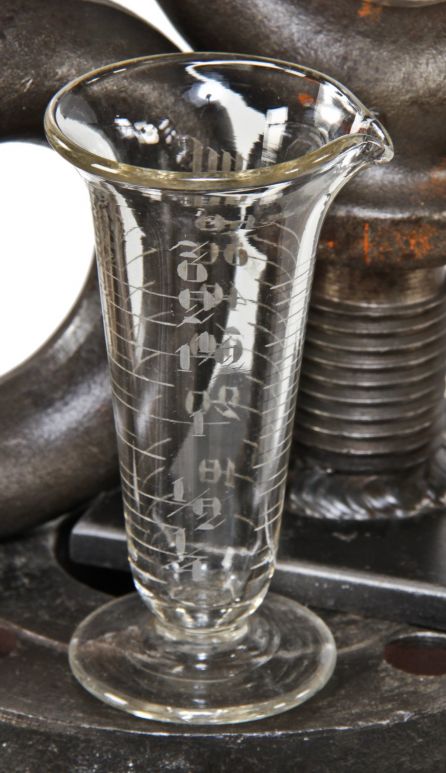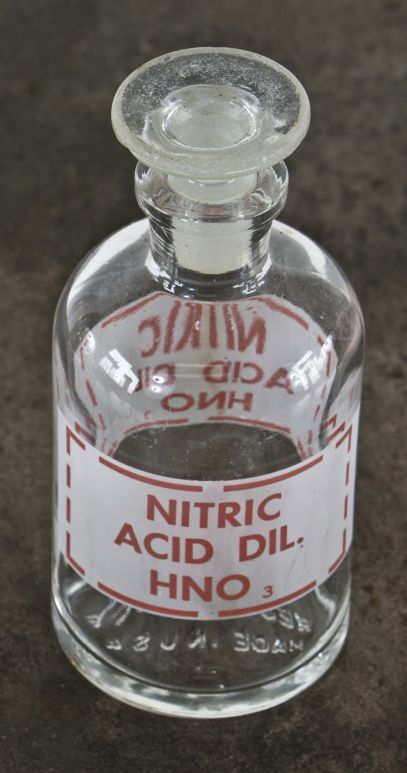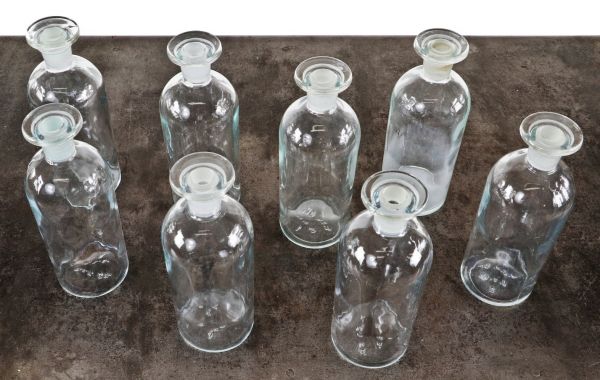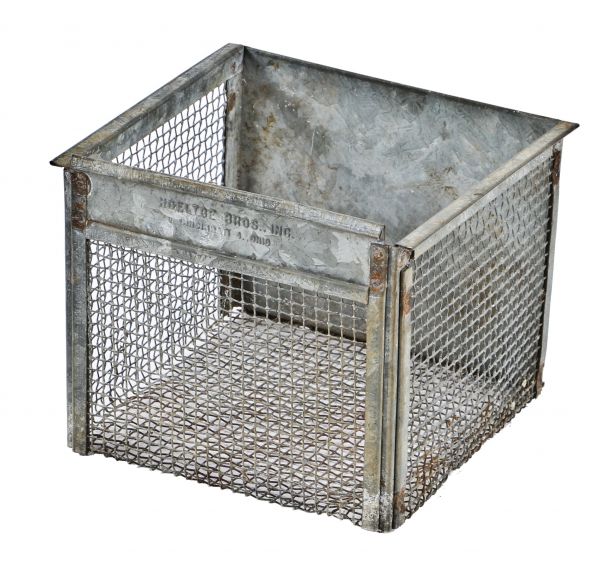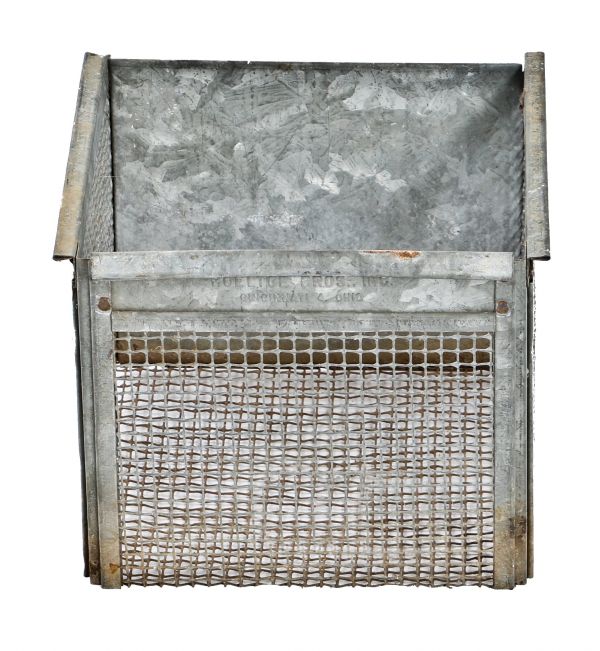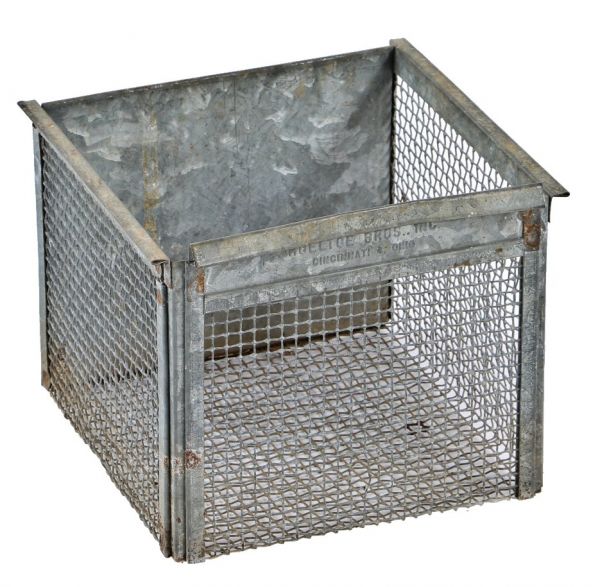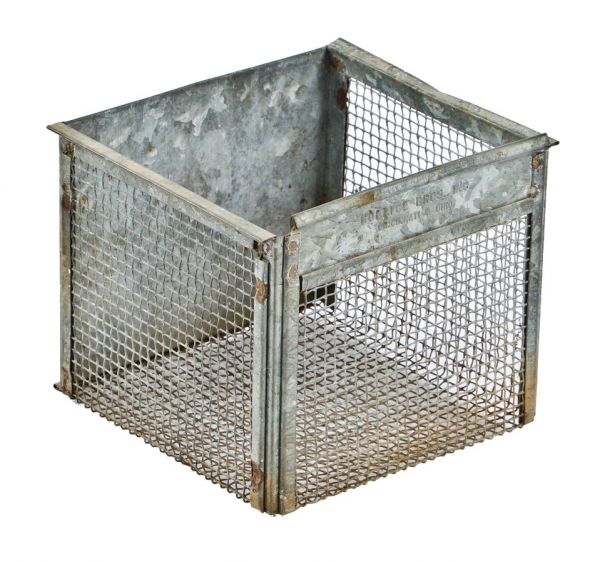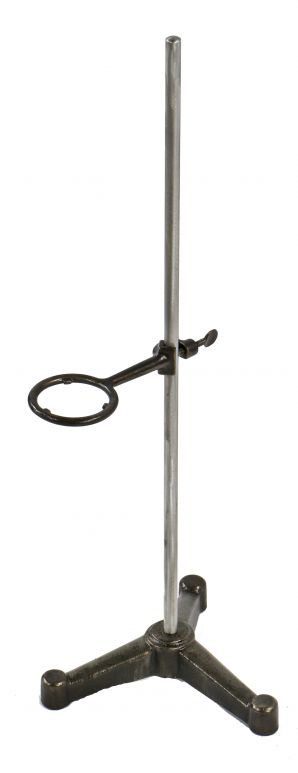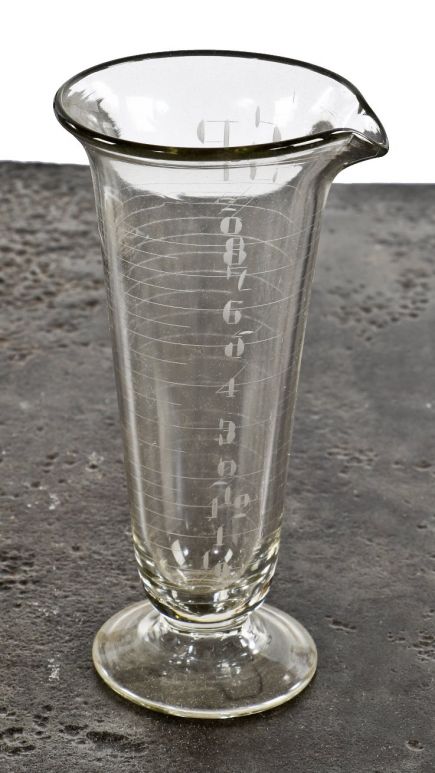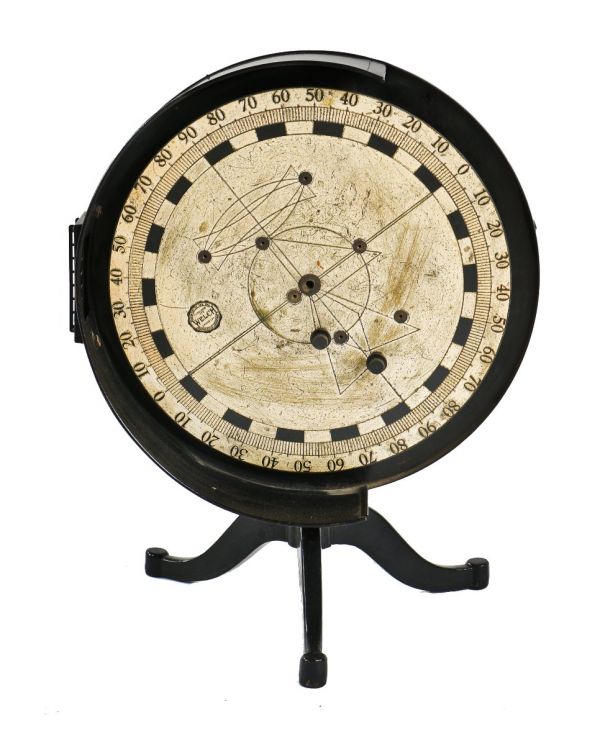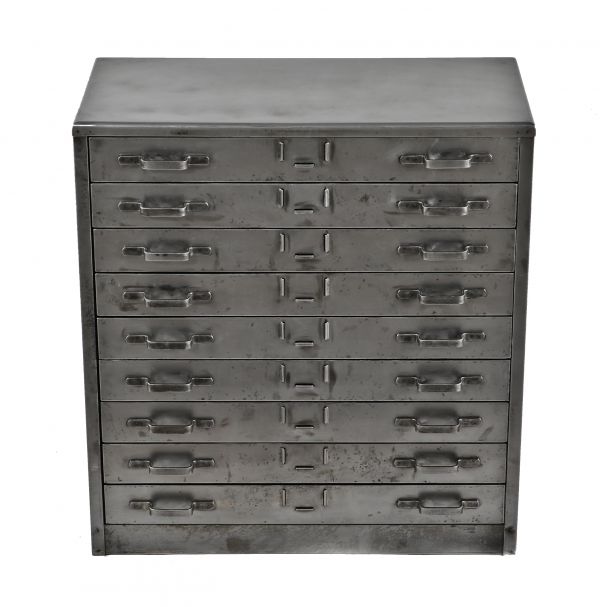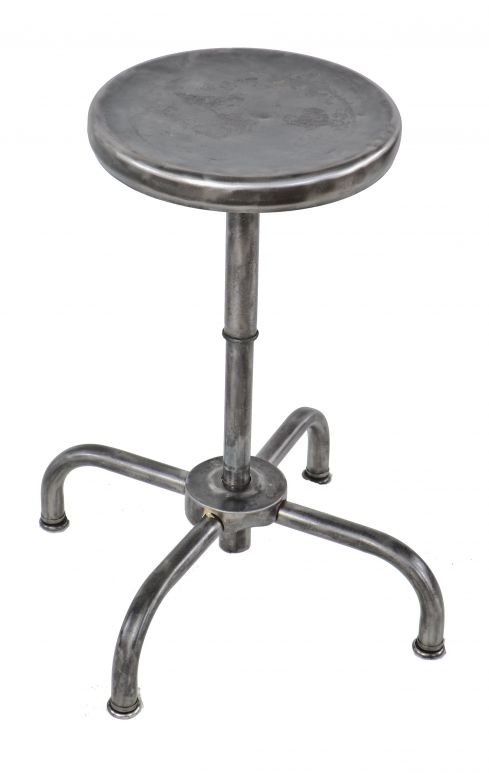original and intact american antique medical heavy duty clear glass laboratory desiccator manufactured by coors labware salvaged from cook county hospital
SOLD
Out of stock
SKU
UR-23485-15
coors labware and ceramics, golden, co.
one of two matching all original large early 1930's heavy duty clear glass laboratory desiccator manufactured by coors labware and ceramics. this sturdy, thick glass container has a broad flange, and the cover has a molded round knob that fits the flange perfectly to create a sealable enclosure. the very bottom once contained desiccants (i.e., dry silica gel or anhydrous sodium hydroxide) used for preserving moisture-sensitive items. a common use for desiccators is to protect chemicals which are hygroscopic or which react with water from humidity. the contents of desiccators are exposed to atmospheric moisture whenever the desiccators are opened. it also requires some time to achieve a low humidity. hence, they are not appropriate for storing chemicals which react quickly or violently with atmospheric moisture such as the alkali metals. this container was discovered in storage at the old cook county hospital.rhineland-born adolph coors (1847–1929) opened the colorado glass works in 1887 to manufacture beer bottles for his brewery, the adolph coors brewing company, west of denver. in 1888, the glass works, incorporated as coors, binder & co., was idled by a strike and never re-opened. the glass works was leased to german-born john j. herold in 1910, who incorporated the herold china and pottery company on the site at 600 ninth st in golden. herold used clay from nearby mines to make dinnerware and heat-resistant porcelain ovenware under the trademark herold fireproof china. the now-abandoned clay pits form the western boundary of the colorado school of mines (csm) campus. csm professor herman fleck helped herold perfect his glazing technique. adolph coors became the majority stockholder and was elected to the board of directors of herold china in 1912. john herold resigned, and adolph coors company acquired herold china in 1914. herold returned later in 1914 to manage the plant, but left permanently in 1915. csm evaluated fireproof china for industrial applications in 1914, and found it suitable. the company began producing chemical porcelain in 1915 as a result of a world war i embargo on german imports. adolph coors’ second son, herman frederik coors, was named manager in 1916. herold china was renamed coors porcelain company in 1920, and the trademark “coors u.s.a.” was first used. after world war i, coors porcelain made fine china and cookware bearing the trademarks rosebud, glencoe thermo-porcelain, coorado, mello-tone and others. during prohibition, the ceramic business was largely what kept the parent company afloat.
You Might Also Like
WORDLWIDE SHIPPING
If required, please contact an Urban Remains sales associate.
NEW PRODUCTS DAILY
Check back daily as we are constantly adding new products.
PREMIUM SUPPORT
We're here to help answer any question. Contact us anytime!
SALES & PROMOTIONS
Join our newsletter to get the latest information

